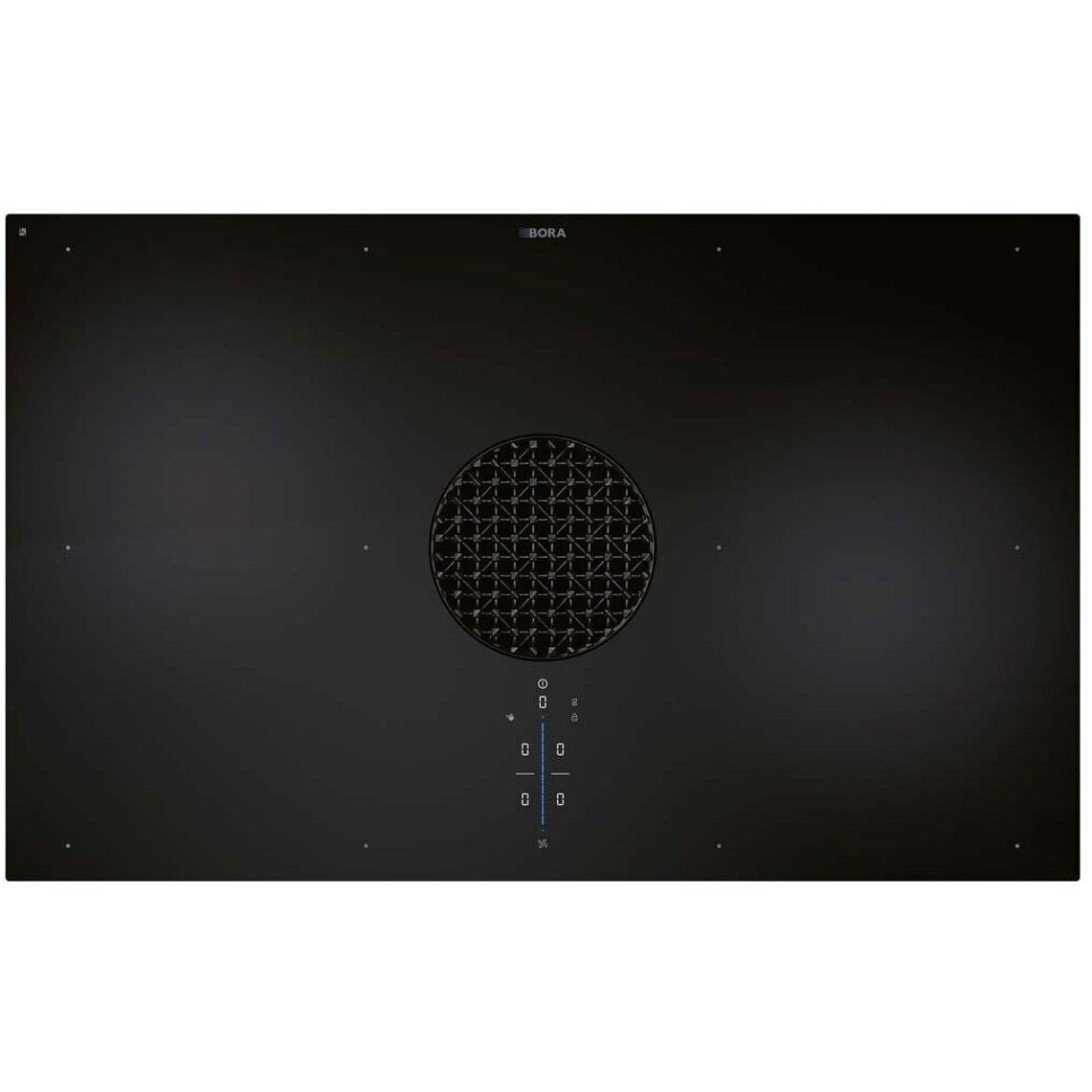5 Must-Know-How-To Built-in Oven Offer Methods To 2024
Everything You Need to Know About Built-In Ovens
When improving a kitchen area, one of the most substantial choices homeowners face is whether to purchase a built-in oven. Built-in ovens perfectly integrate into cooking area cabinets, offering both visual appeal and practical advantages. For Induktionskochfeld 80 Cm Autark Mit Rahmen Günstig Kaufen considering an upgrade or setup of a brand-new oven, this thorough guide will supply vital insights, comparisons, and services.
What is a Built-in Oven?
A built-in oven is developed to be set up within kitchen area cabinets rather than standing alone like a traditional oven. This plan provides a sleek, structured appearance while saving space in compact kitchen areas.
Advantages of Built-in Ovens
- Space-Saving Design: Built-in ovens are designed to fit snugly into existing cabinets, making the most of counter tops and flooring space.
- Visual Appeal: They can be personalized to match the cooking area decor and cabinets, providing a sophisticated appearance.
- Flexibility: Available in various styles, sizes, and finishes, built-in ovens can quickly blend into any kitchen style.
- Boosted Cooking Capabilities: Many built-in ovens featured sophisticated functions like self-cleaning alternatives, convection settings, and wise oven innovation.
Types of Built-in Ovens
The marketplace uses numerous kinds of built-in ovens, catering to varied cooking needs. Here's a breakdown of the main types:
Type
Description
Suitable For
Single Built-in Oven
A traditional design that accommodates one oven.
Basic home cooking requires
Double Built-in Oven
2 ovens stacked for flexible cooking options.
Large households or cooking enthusiasts
Wall Oven
Installed in walls, offering practical access.
Space-constrained areas
Convection Oven
Uses a fan and exhaust system for even cooking.
Baking enthusiasts
Steam Oven
Utilizes steam to prepare food, maintaining wetness and nutrients.
Health-conscious cooks
Secret Features to Consider
When choosing the ideal built-in oven, there are several functions to assess:
- Size: The measurements play a vital function in ensuring the oven fits your kitchen area design. Requirement sizes vary from 24 to 30 inches wide.
- Oven Capacity: Larger capabilities appropriate for households or those who frequently amuse.
- Heating Elements: Look for ovens with multiple heating elements for even heat circulation.
- Self-Cleaning Options: Many modern ovens feature self-cleaning capabilities, conserving you time and effort.
- Smart Technology: Wi-Fi-enabled ovens permit you to keep track of cooking development and personalize settings from your mobile phone.
Price Range of Built-in Ovens
Investing in a built-in oven differs based on features and brand names. Here's a price range for common built-in oven types:
Oven Type
Price Range
Single Built-in Oven
₤ 800 – ₤ 2,500
Double Built-in Oven
₤ 1,500 – ₤ 3,500
Wall Oven
₤ 1,000 – ₤ 4,000
Stove
₤ 1,000 – ₤ 3,000
Steam Oven
₤ 1,200 – ₤ 3,500
Smart Oven
₤ 1,500 – ₤ 5,000
The rates above are variable and can change based on brand name track record, seller promotions, and additional features.
Setup Considerations
Setting up a built-in oven requires mindful factor to consider:
- Location: Strategically select a location that makes the most of space and convenience for meal preparation.
- Electrical Requirements: Many built-in ovens require specific outlet capacities. Ensure your kitchen area can meet these needs.
- Ventilation: Proper ventilation is important, particularly for wall ovens or convection models.
- Expert Installation: It is always recommended to hire certified experts for installation to avoid security risks.
Upkeep and Care
To prolong the life of a built-in oven, follow these care suggestions:
- Regular Cleaning: Utilize self-cleaning features and remove spills immediately.
- Check Seals: Inspect oven door seals regularly, changing them if damaged.
- Regular Inspections: Schedule regular professional evaluations to ensure all built-in systems are working effectively.
FAQs About Built-in Ovens
1. How much space is required for a built-in oven?
Generally, built-in ovens require cabinetry area that is 28 to 30 inches wide for standard models; nevertheless, constantly determine your particular oven dimensions before installation.
2. Can I install a built-in oven myself?
While some homeowners have the skills to perform the setup, working with licensed professionals is advised to fulfill safety and code requirements.
3. Are built-in ovens worth the investment?
Built-in ovens offer boosted functionality, aesthetic appeals, and space-saving options. For numerous, their long-term advantages exceed the initial investment.
4. What's the difference in between convection and regular ovens?
Stove distribute air throughout cooking, resulting in faster and more even cooking compared to standard (regular) ovens, which might have locations.
5. How energy-efficient are built-in ovens?
Energy effectiveness differs by model; look for ovens with a good energy rating and features like clever technology that optimize power consumption.
Built-in ovens represent a perfect mix of style and performance, making them a deserving investment for modern-day cooking areas. With many types, sizes, and functions, they offer something for everybody, from a baking fanatic to a busy family. By comprehending the benefits, types, pricing, and upkeep factors to consider, readers can make an informed choice in picking the ideal built-in oven for their homes. Whether lowest price revamping your kitchen area or upgrading appliances, a built-in oven can raise the cooking experience and boost your kitchen's visual.
